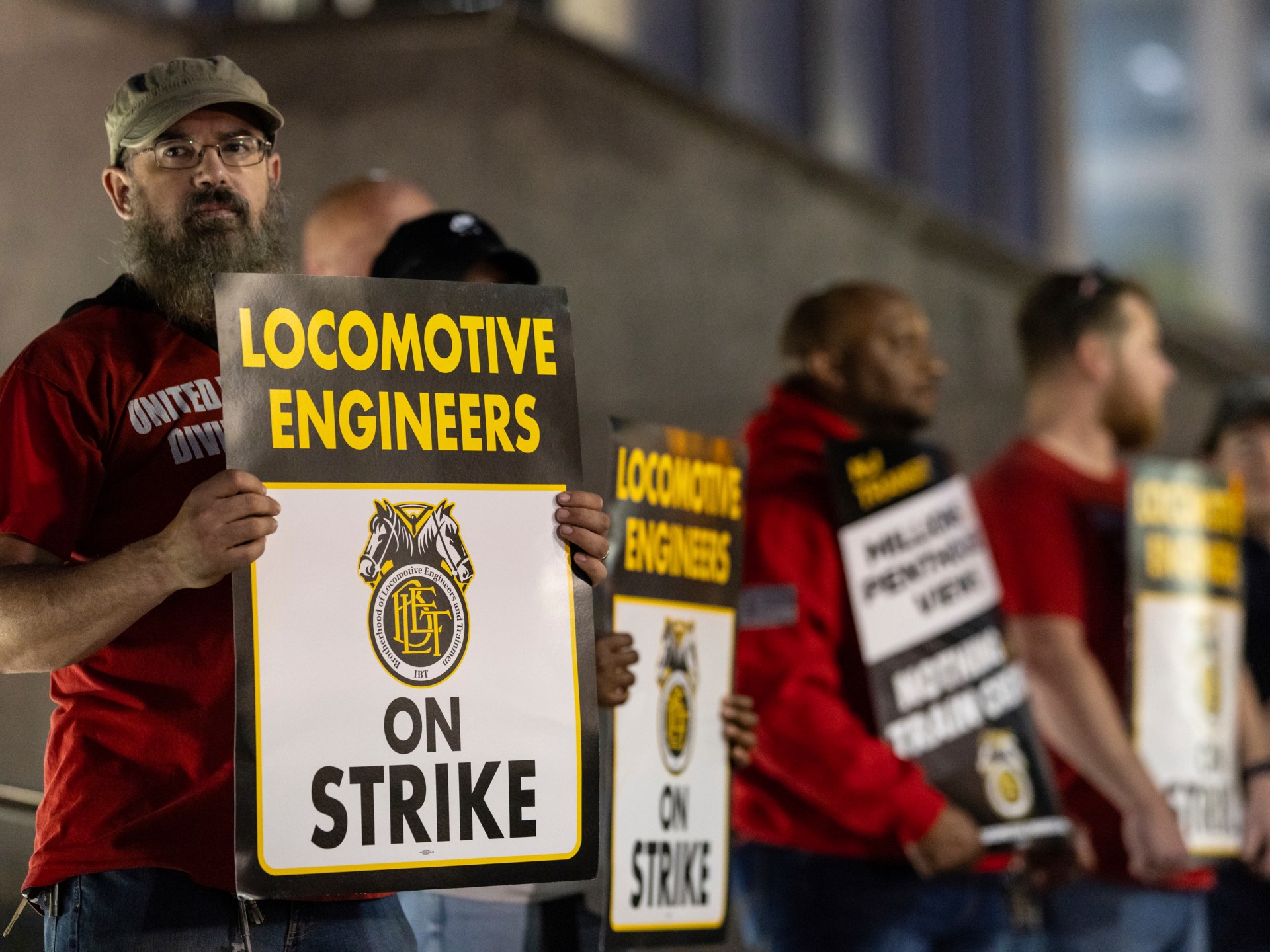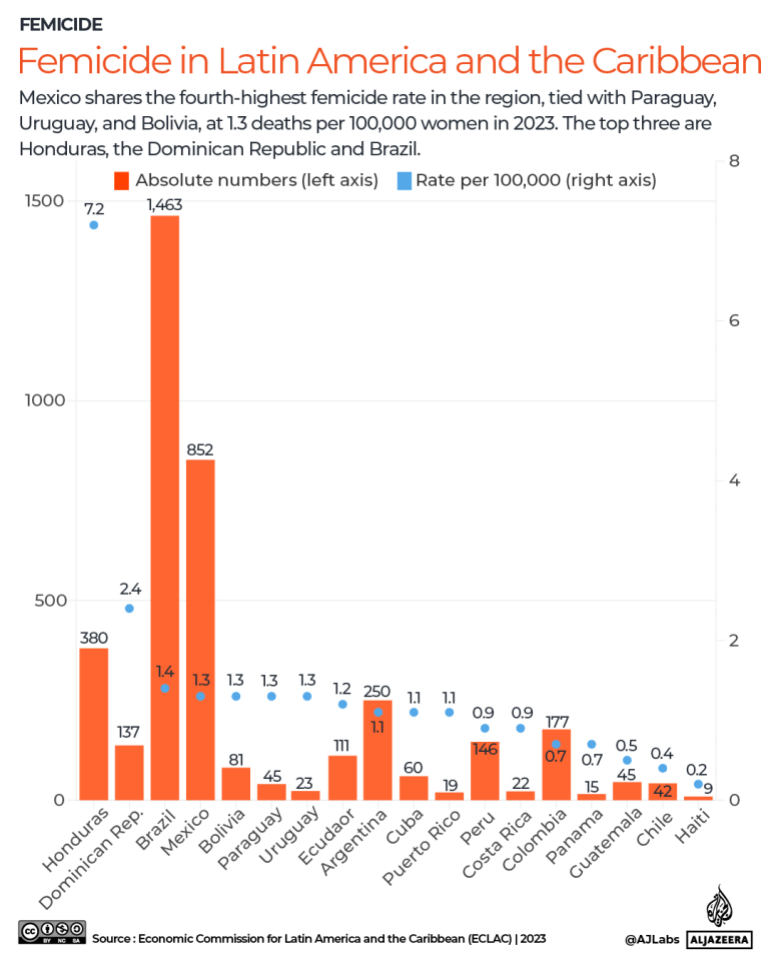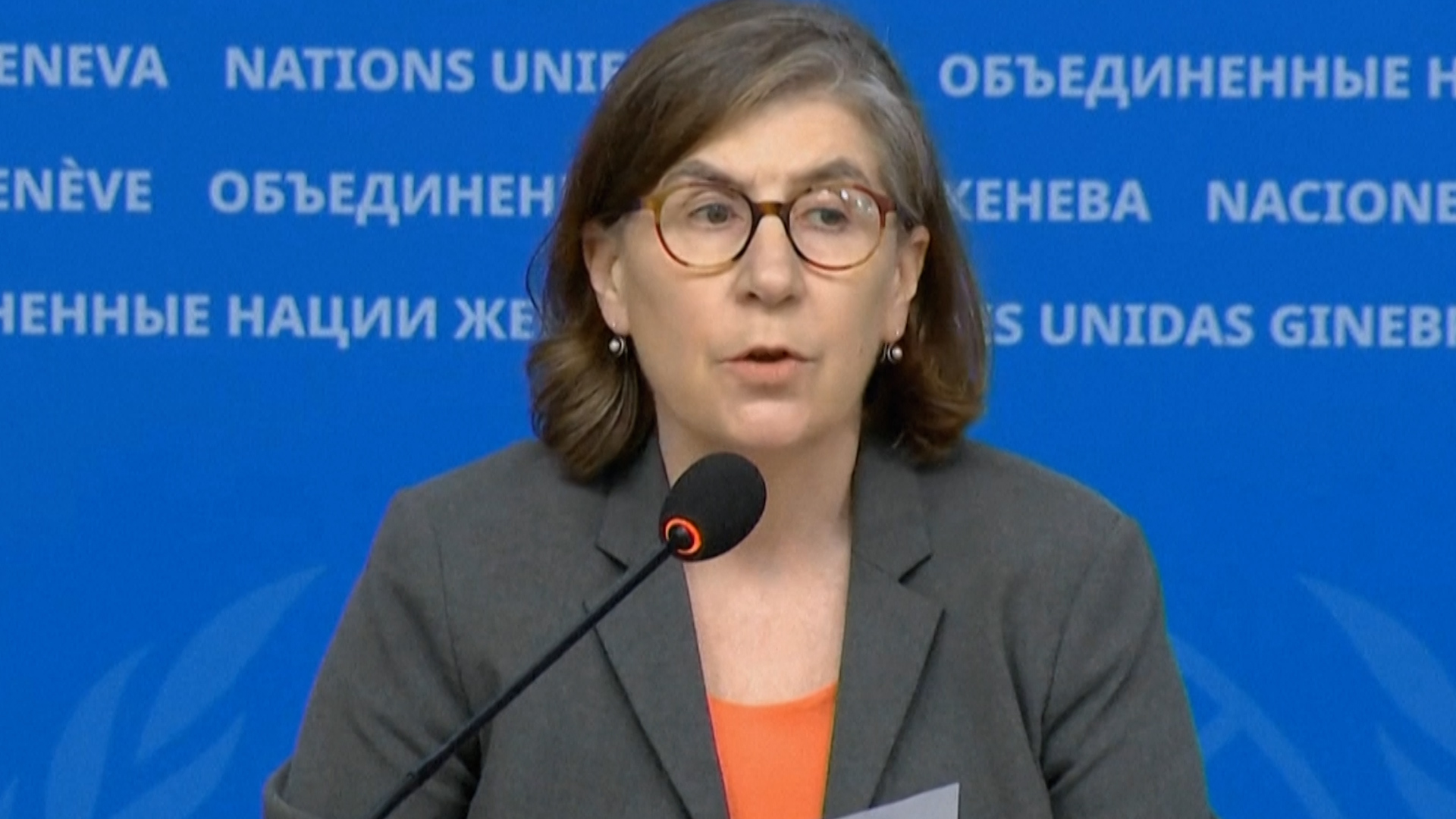NJ Transit workers go on strike after wage increase talks stall | Workers’ Rights News
The strike leaves hundreds of thousands of commuters in New Jersey and New York without rail access.
New Jersey’s commuter rail engineers are on strike after negotiations for higher wages failed to materialise, leaving trains idle for commuters in the third-largest transit system in the United States for the first time in more than 40 years.
The strike began on Friday after The Brotherhood of Locomotive Engineers and Trainmen, which represents 450 NJ Transit engineers who drive the agency’s commuter trains and agency management, broke off talks late Thursday after an unsuccessful 15-hour bargaining session.
The labour clash came weeks after negotiators had agreed on a potential deal in March, but the union’s members voted overwhelmingly to reject it.
NJ Transit has said it cannot afford the pay rises that the engineers are seeking because 14 other unions that negotiate separate labour contracts with the agency would demand the same, higher wage rates for their members.
The union pushed back on the gripe and has said that “NJT claims it doesn’t have the money to pay engineers a salary in line with industry standards, but somehow found a half-billion dollars for a new and unnecessary headquarters.”
New Jersey Transit opened a new headquarters earlier this year.
The union has said it is simply aiming to raise the engineers’ salaries to match those at other commuter railroads in the region.
“They [rail engineers] have gone without a raise for six years and have been seeking a new contract since October 2019,” the union said in a statement.
NJ Transit says the engineers currently make $135,000 on average and that management had offered a deal that would yield an average salary of $172,000. But the union has disputed those figures, saying the current average salary is actually $113,000.
The parties have exchanged accusations of bad-faith bargaining.
The strike means that hundreds of thousands of daily passengers in New Jersey and New York are without service. NJ Transit said its rail system began its shutdown at 12:01am local time Friday.
In a news conference, New Jersey Governor Phil Murphy and NJ Transit’s Chief Executive Officer Kris Kolluri told reporters talks had paused but that management remained willing to resume negotiations at any time.
“We must reach a final deal that is both fair to employees and affordable,” Murphy, a Democrat, told reporters. “Let’s get back to the table and seal a deal.”
Murphy and Kolluri said the US National Mediation Board had reached out to both sides to propose reopening talks on Sunday morning, or sooner if the parties wished.
The union statement made no mention of when talks might be restarted. Protests began at several locations across the rail system, including NJ Transit’s headquarters in Newark, Penn Station in New York City, and the Atlantic City rail terminal.
The governor and the NJ Transit CEO also outlined contingency plans for dealing with the work stoppage, the first transit strike to hit New Jersey since a three-week walkout in 1983.
Workers urged to stay home
The looming strike had already prompted the agency to cancel trains and buses to MetLife Stadium for pop star Shakira’s concert last night and again for this evening.
In an advisory, NJ Transit encouraged commuters to work from home starting on Friday if possible.
The agency said it would increase bus services on existing lines and charter private buses to operate from several satellite lots in the event of a rail strike but warned buses would only be able to handle about 20 percent of rail customers.
Kolluri said last week that the union was “playing a game of chicken with the lives of 350,000 riders”.
“We have sought nothing more than equal pay for equal work, only to be continually rebuffed by New Jersey Transit,” Tom Haas, the union’s general chairman, said earlier this week.



